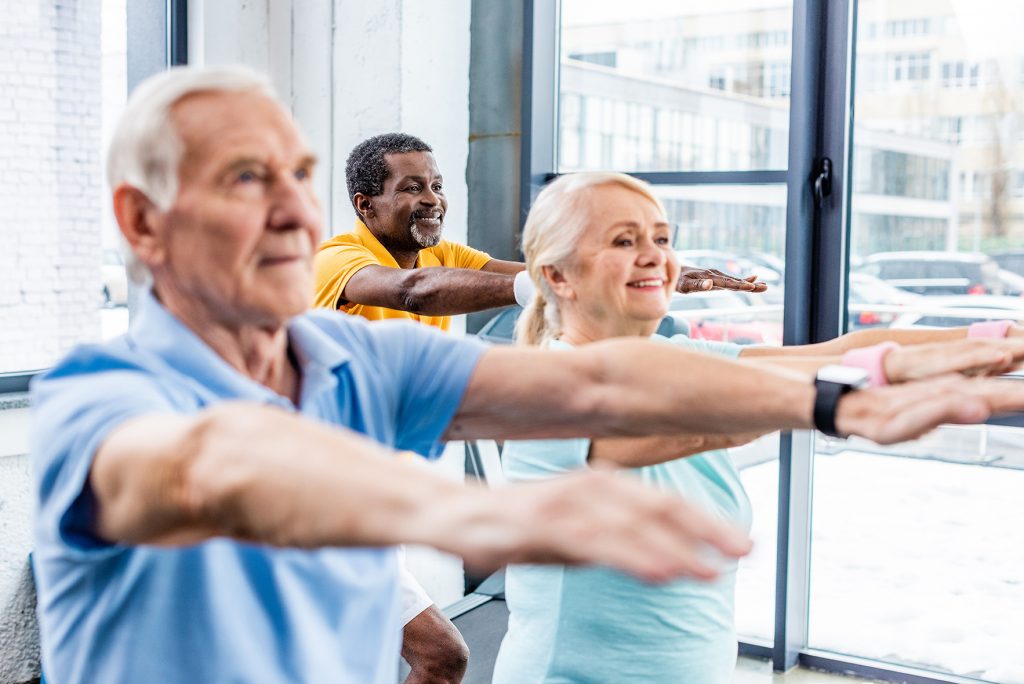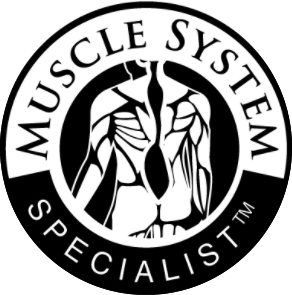
Did the title of this article capture your attention? It should because surgery, no matter how big or small, is serious business. The type of surgery this article is speaking to is orthopedic surgery. This means surgery due to pain, disease, and dysfunction in your muscles, tendons, ligaments, bones, and joints.
Maybe you, or someone you care about, have been told that surgery is necessary. You have done what the doctor suggested. You tried Physical Therapy. You went beyond that, and tried massage, acupuncture, chiropractic, drugs, and other alternative interventions. Why would avoiding a surgery even come into your mind? You are in pain, the doctor said you need it and that should be the end of the discussion right?
It’s a tough decision with uncertain consequences. Second and third opinions are recommended.
There might be several reasons why you want to avoid it; the thought of someone going in and “cutting you” (surgery is really a controlled injury), the risks associated with being put under anesthesia, the long recovery time and disruption to your life routine post surgery, you know someone that had surgery and months later are still not feeling much better, or they may be suffering complications from the surgery itself.
You have doubts.
Maybe you have read the recent research that concluded that a very common surgical procedure on knees actually showed more long term harm than good. (1)
Have you read the research that shows that there are many individuals with a diagnosable orthopedic disease that don’t report pain? And there is research that shows that some report pain and nothing can be found wrong that directly explains the pain. (2) (3)
Maybe you will need the surgery. But is there one more conservative non-surgical alternative that you haven’t tried yet?
There is… Exercise.
But wait, you already did exercises at the physical therapy clinic. Even the chiropractor gave you some stretches and rubber bands to tug on and that didn’t work.
Here is the problem. All exercise is not created equal. What may work for one person doesn’t work for another. Why is that?
Because every pain situation, just like people, is unique.
Pain is a word. When you choose to use the word pain to describe a sensation in your body you are clearly elevating the level of concern you have for the sensation.
Pain is not a thing like a brick, cat, glove, or car. Pain is the brain’s conclusion about all of the information it is receiving and processing from within the body moment-to-moment.
If you are considering surgery because you are experiencing a sensation that you choose to use the word pain to describe, then in a sense you are having surgery to remove the pain right? Which is weird because pain isn’t a thing to be removed, as it is simply a word chosen to describe a subjective conclusion based on bodily information. So a surgeon doesn’t remove pain with a scalpel, they remove the body part that they think is causing the pain. Sometimes this works great. Sometimes it doesn’t. See previous references.
What the surgeon is doing, what the drugs are doing, what the spinal manipulations are doing, are changing, or at least trying to change, the information that the body is producing to see if changing the information that way will lead to a new conclusion of the brain.
Change the information and possibly change the conclusion.
Back to the exercise thing.
What is exercise? It is stimulation to, and of, the body that changes the information within it. Sometimes those changes are short term and sometimes they can be of a longer term.
But you tried exercise in physical therapy and with the chiropractor and it didn’t help.

As stated earlier not all exercise is equal. Often exercises are just given to work on the area of the body that hurts. This might not be the best way to change the information. Exercise has very specific influences on the body depending on HOW you do it. The old adage “Just Do It” is painfully inaccurate advice. We need to know the quantity but also need to know the quality of your experience with different exercises.
Pain is a subjective experience that, at least right now, does not have an objective measurement like temperature, pressure, and distance. Your pain is totally unique to you and cannot be experienced by anyone else. Pain has a component of quality associated with it. It certainly can have a cause like when you break a bone, cut of your skin, tear a muscle, or sprain a ligament. But sometimes the cause is not so clear-cut.
So what am I proposing? What could be the thing that you haven’t tried yet?
A different approach. A totally different strategy. A more precise HOW.
I am talking about exercise that is highly catered and highly specific to your unique body.
Your body has its own unique history, a unique genetic profile, a unique combination of diseases and dysfunction, all of which confluence towards a unique problem. This requires a completely unique solution. A completely unique HOW.
This unique strategy and HOW is based on some simple concepts.
- All physical exercise uses the Muscular System in some form or another.
- The Muscular System receives and produces information form the nervous system.
- Muscles control you in three primary ways:
- By contracting to maintain your joint positions,
- By contracting to change your joint positions by lengthening,
- By contracting to change your joint positions by shortening.
- Your body is a system that by definition means that all of the body parts are interconnected, interacting, and interdependent.
- A system’s control over information, and the stability of that information, can be assessed by perturbing it – by knocking it off course a bit – to see if it can make the necessary course corrections in order to stay in control.
- You should be the center of attention – not the exercise. You should not be made to conform to the exercise – the exercise should be made to conform to you.
If number 4 is true then it stands to reason that any part of your body’s information generation and processing can affect any other part’s information. You may good at contraction shortening but are not so good at contraction lengthening.
If number 5 is true then a good way to see if you actually have control and assess the information control is my assessing your ability to do number 3.
Given the fact that your body is completely unique from any other body, this means that any strategy and HOW must be created to explore your unique information control system and any influences between parts. See number 6.
 This is what Muscle System Specialists are trained to do. To systematically explore your information control by assessing your muscles’ ability to hold joint positions and change joint positions via lengthening or shortening contractions. This tells us about the quality of you information generation and processing.
This is what Muscle System Specialists are trained to do. To systematically explore your information control by assessing your muscles’ ability to hold joint positions and change joint positions via lengthening or shortening contractions. This tells us about the quality of you information generation and processing.
The challenge is to find those places and conditions. You have roughly 600+ muscles and are capable of being in a dizzying array of positions and motions.
It’s okay – we have a process to explore your unique body’s abilities and start discovering the solutions it needs in order to change its control, to change the quality of information within it that just might lead to a change a reduction in pain.
Can you avoid surgery? Maybe. You have to decide if it’s worth some time and effort to exhaust conservative non-surgical options. Always speak with your doctors regarding this important decision.
Greg Mack is a gold-certified ACE Medical Exercise Specialist and an ACE Certified Personal Trainer. He is the founder and CEO of the corporation Fitness Opportunities. Inc. dba as Physicians Fitness and Exercise Professional Education. He is also a founding partner in the Muscle System Consortia. Greg has operated out of chiropractic clinics, outpatient physical therapy clinics, a community hospital, large gyms, and health clubs, as well operating private studios. His experience in working in such diverse venues enhanced his awareness of the wide gulf that exists between the medical community and fitness facilities, particularly for those individuals trying to recover from, and manage, a diagnosed disease.
Charlie Rowe, CMSS joined Physicians Fitness in the fall of 2007 after spending 9 years as the Senior Personal Trainer at Oak Hill Country Club in Rochester, New York. He has also worked within an outpatient Physical Therapy Clinic coordinating care with the Physical Therapist since joining Physicians Fitness. Charlie has earned the Cooper Clinic’s Certified Personal Trainer, the NSCA’s Certified Strength and Conditioning Specialist, the American College of Sports Medicine Certified Health Fitness Specialist, Resistance Training Specialist Master Level, and American Council on Exercise Certified Orthopedic Exercise Specialist Certifications.
References
- Thorlund, J., et al, Arthroscopic surgery for degenerative knee: systematic review and meta-analysis of benefits and harms, BMJ 2015;350:h2747 doi: 10.1136/bmj.h2747
- Ave Marie, L., Why Most People Are Wrong About Injuries and Pain – SimpliFaster Blog, 12/24/2018
- Brinjikji, W., et al, Systematic Literature Review of Imaging Features of Spinal Degeneration in Asymptomatic Populations, Apr 2015 www.ajnr.org

